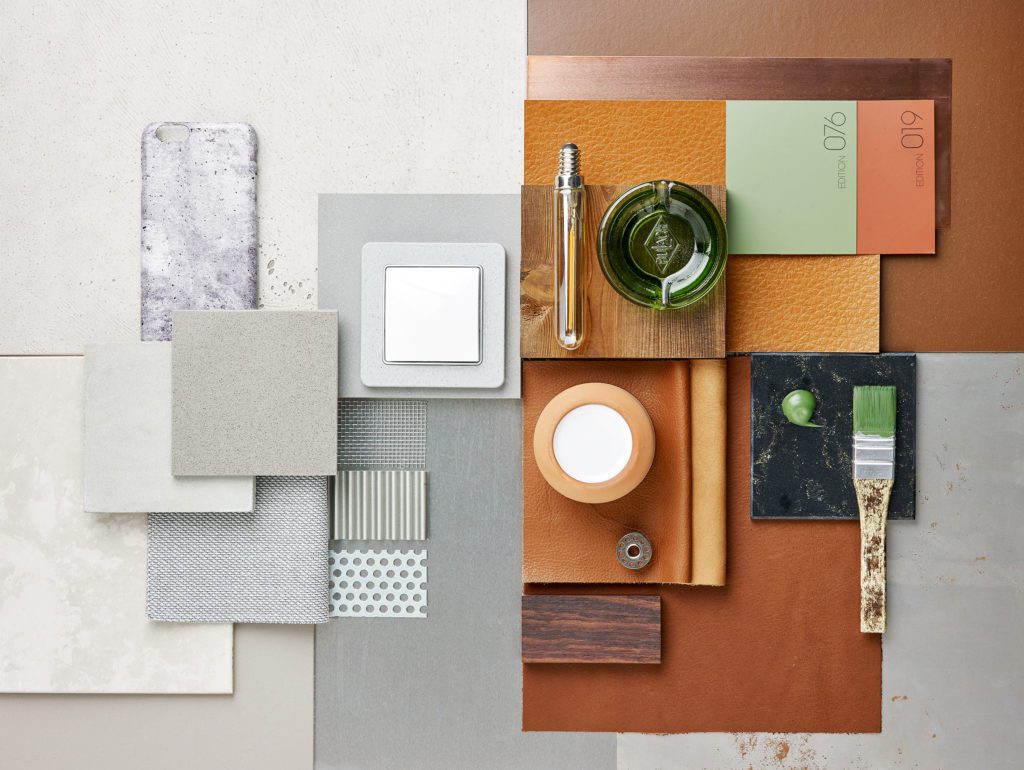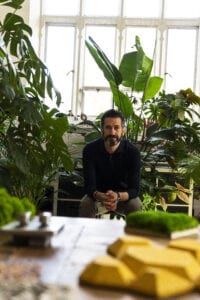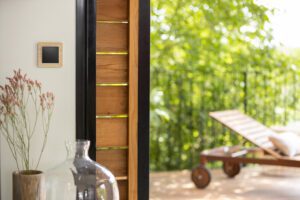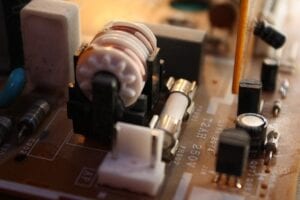The new world calls for sustainability and innovation to go hand in hand to help consumers achieve most from their environment. Let’s meet with Frederic Beuvry, Senior Vice President – Industrial Design & Ergonomics at Schneider Electric to understand how Schneider is leading the material innovation and why this has got the whole homebuilder, architects, interior designers and more importantly consumers very excited.
Q&A with Frederic Beuvry, SVP Industrial Design and Ergonomics.
How do you and your teams look at material innovation?
When we look at colors and new materials, we cannot assess them as part of a trend: appliances we design need to last for a decade (at least!) so colors and materials should never fall ‘out of trends or fashion’. We have to think, first and foremost, about reliability, sturdiness and timeless aesthetics. We have one mission: to make innovations last!
How do the different creatives studios around the globe – in China, India, the United States or Australia – anticipate material innovation?
Very differently! Each culture has its own habits and rituals around objects. In each market, innovations embrace different shapes and ergonomics. The mindset to create new products is different in Australia or China for example: in Australia, switches are small, while in China, they have historically been oversized. In Germany, a switch cannot be other than square. We tried, in the past, to be disruptive: German Konstantin Grcic, for example, designed an appliance that was a round in a round to shake up the culture. We won countless design prices but didn’t sell any. Bottom line: the design community celebrated this innovation, the market didn’t!
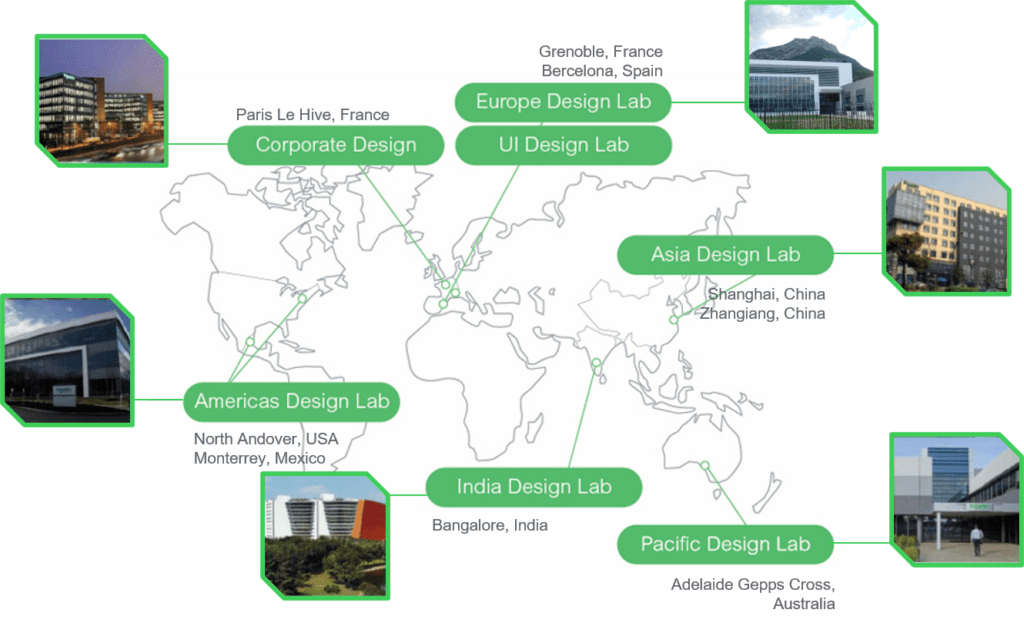
New technologies, 3D printing, biomimicry, sustainable innovations, etc. what kind of innovations are you after?
Schneider Electric’s is a company founded and led by engineers: our mission is to simplify both the installation and the use of our products, to care for the electricians as much as the end-client. Today, innovations are driven by the design team – who challenge habits – as much as the digital revolution: we need to translate algorithms into easy to use applications, link QR codes to simplified systems. Everything has to be the most intuitive: designers help us achieve that.
And what about sustainability, there is always room to innovate there, no?
Of course! On the sustainable front, innovations are leading the charge: they focus on creating a better work and life environment. For example, we have been reevaluating all Schneider Electric’s packaging to consume less material, finding solutions to make it both plastic free and recyclable. Long-term sustainable objectives are a reality at Schneider Electric’s, but they raise complex questions: how to best isolate electrical appliances from water without using plastic? How to bring our environmental impact down to zero while protecting the consumer at the same time? We can’t choose either or, we have to find solutions to address both. And then we have to implement it across the globe, which, in turn, raises new logistic and production issues.
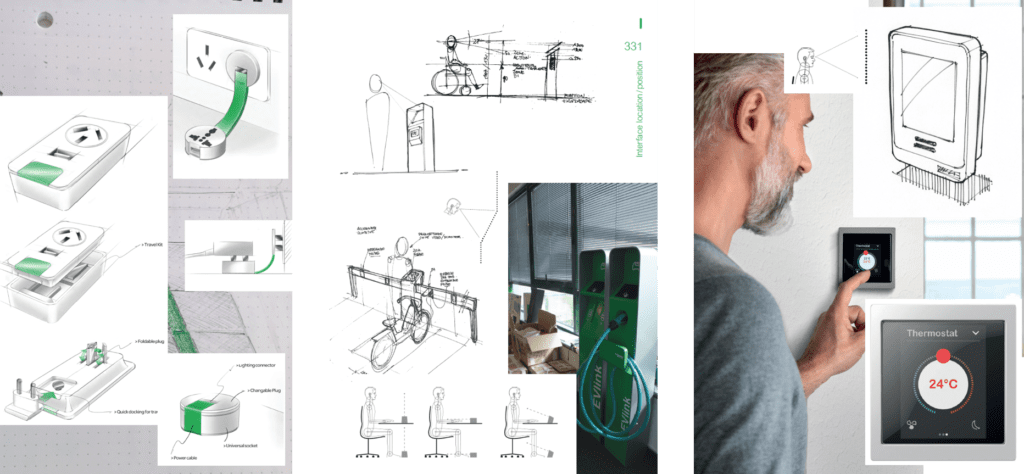
Do you have an example of a recent design-led innovation that surprised you by its reach?
Yes! On every circuit breaker, there is a little tripping lever to reset it. When you are in a factory where hundreds of circuit breakers are lined up and one goes off – leading to a major power cut, thus plunging the space in the dark! – how can one quickly identify the faulty one? Our engineers and designers worked hard on finding a LED-based solution: it turned out too big and too costly (around 45 euros). While having a burger with the American design team in Boston, one of the designers throws a rubber ball at me: it lights up as it touches the ground. We had found our innovative drive: we developed a similar technology, applied it to the circuit breaker, patented it globally and are now able to provide this new function for 1,2 dollars!
How does one imagine appliances that fit with different lifestyles and cultural habits?
The choice of style and materials is essential. When you look at the number of taps lined up, today, in any hardware store, it grew tenfold over the past two decades. One can choose the finish, the color, the shape, countless options, whether it comes with light, etc. it is a reality: people choose daily appliances (a tap, a switch, a door handle, a heater) to match their lifestyle today! At Schneider Electric’s we offer a wide range of switches that hey vary in color, style, shape, volume, texture and finishing to meet the needs of demanding customers, whether they prefer an industrial, retro, pop or minimal style!
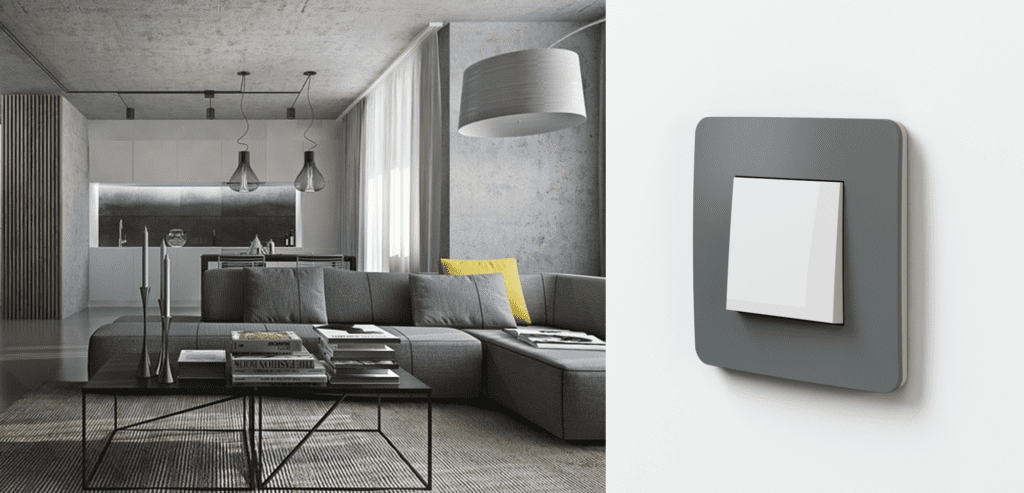
For Unica System, you found a unique way to apply a Kvadrat fabric onto an aluminum base, how did you proceed?
We were first influenced by Vitra, with whom we’ve worked to remodel our Design offices in Paris. We wanted to conceal our appliances as much as possible, have them look like Vitra furniture, create a more stylish work environment. We had the approval from the marketing department but couldn’t make it work. One day, while watching a TV program, I saw a Spanish, window-frame supplier glue a fake wood surface into an aluminum base. It was the technique I was looking for: we contacted the industrial supplier and managed to glue beautiful Kvadrat textiles onto our aluminum appliance. We had our innovation! [More on Unica System]
« Simplicity, consistency and aesthetics » how does the group’s motto reflect your everyday work?
Our aim is to make daily lives pleasant, and constantly innovate to offer new services. We are naturally curious of how people live – and want to live – so we imagine constantly seek to offer easy-to-use creative solutions. It is also crucial that we stay close to electricians and end-users alike. On an everyday basis our job is to find simple solutions, that are consistent with people’s needs and favor both aesthetics and creativity.
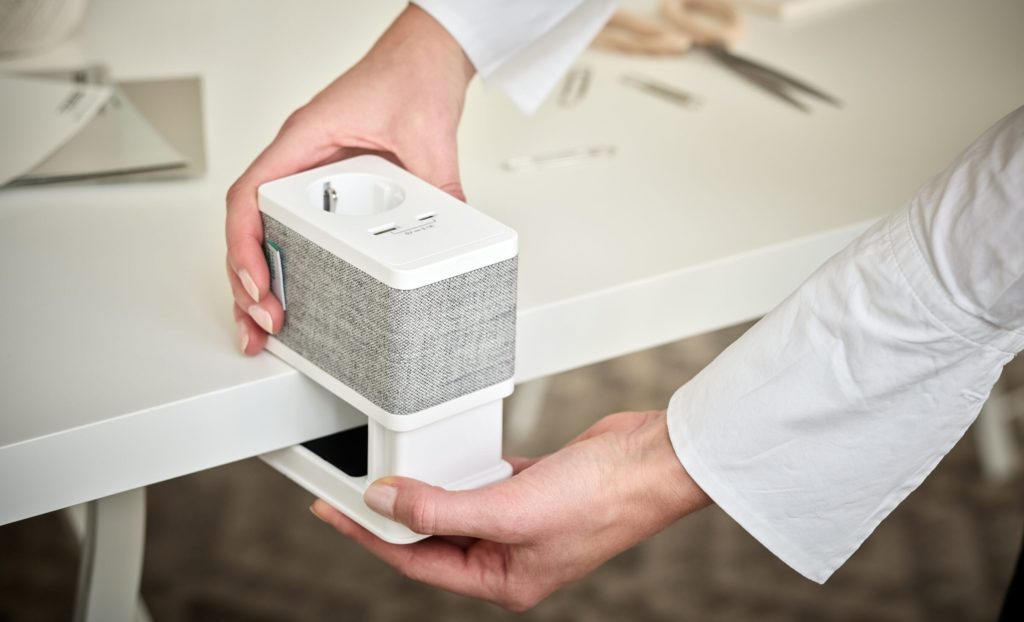
You collaborate with countless talented designers – Normal Studio, Jasper Morrison, 5.5, Delolindo – to imagine new products. How do you choose and brief them?
We identify them through their work: I love design and am always curious to find who’s behind a clever innovation. There is no such thing as industrial design: there are only good designers who find good solutions. I choose a designer because I like the way he or they think, whatever the task. For example, Jasper Morisson is able to design, at the same time, a collectible piece for galerie kreo and draw, for Schneider Electric’s in Denmark, an appliance that will sell over 20 million times. When I chose him, I focused on his design language, insisted on his ‘super normal’ approach to imagine a timeless, minimalist product.
I will select a designer according to a market’s needs and culture: a good designer will highlight or enhance these. End in end, I always keep one key principle in mind: will fit together what belongs together.
How does innovation impact design & interior design?
At Schneider Electric, we drive our design labs to find solutions and innovate, which pushes us in return to constantly adapt and release new products. This strategy – guided towards new product launches and technical breakthroughs – is a precious tool for designers: it guides them to further innovate, imagine new appliances, experiment with new materials. End in end, material innovation at Schneider Electric helps designers innovate: it’s a win-win strategy.
